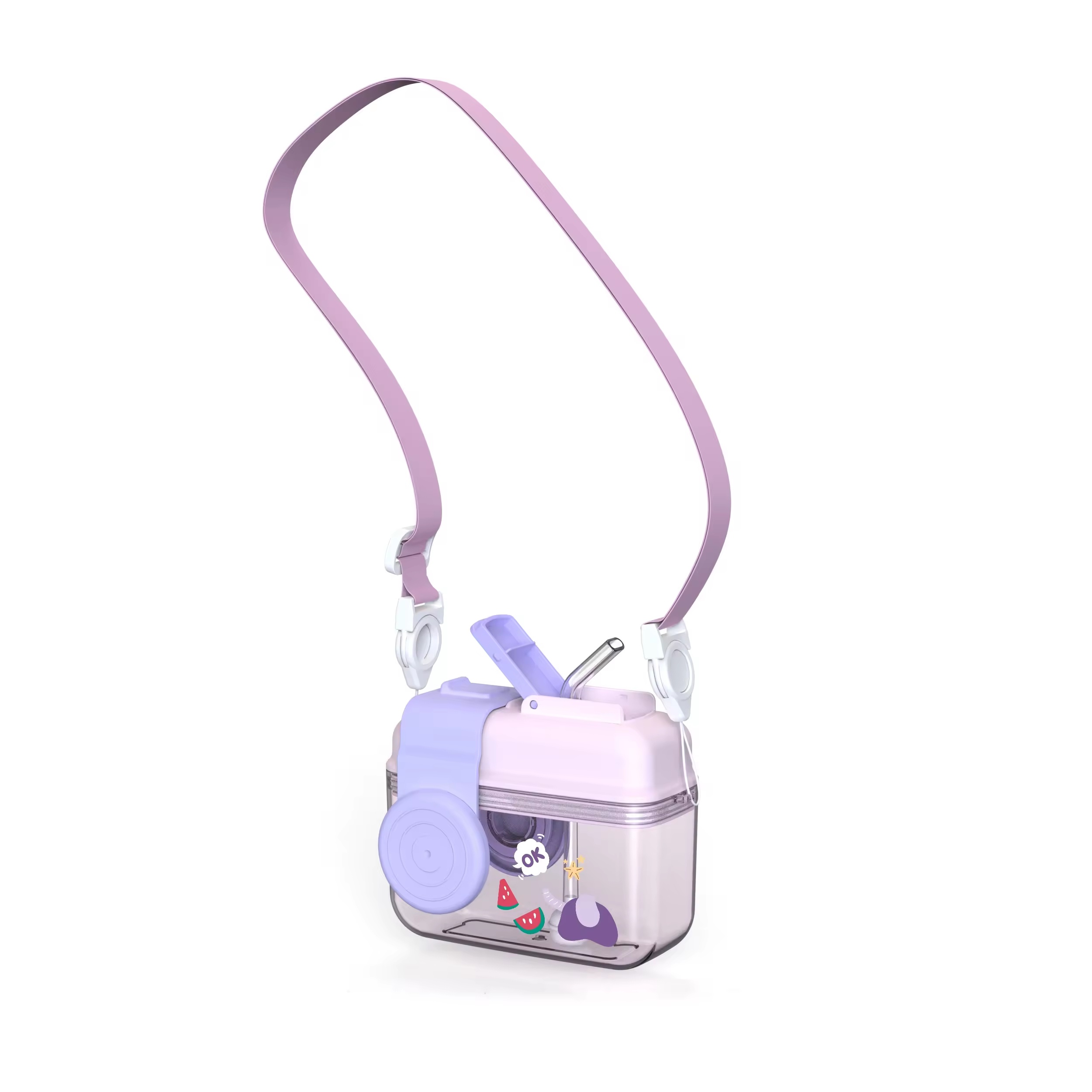How to optimize supply chain management for children's tableware?
Managing supply chains is not easy. I have often found challenges in making sure children's tableware products are delivered on time, meet safety standards, and stay cost-efficient.
To optimize supply chain management for children’s tableware, focus on supplier collaboration[^1], demand forecasting, inventory control, real-time tracking, and risk management.
Good supply chain management helps avoid delays, reduces costs, and ensures product quality. Let’s explore the key aspects.
Why is supplier collaboration[^1] essential?
Many delays happen when suppliers and buyers do not communicate well. I have learned that clear communication solves most problems.
Strong supplier collaboration[^1] helps in meeting delivery deadlines, maintaining quality, and adapting to unexpected changes.
How to enhance supplier collaboration?
- Set clear expectations from the start.
- Share forecasts and order plans early.
- Establish regular updates and meetings.
| Factor | Benefit |
| Clear specifications | Fewer mistakes in production |
| Regular communication | Faster problem-solving |
| Joint quality checks | Consistent product standards |
How does demand forecasting improve supply chain management?
Poor forecasting can lead to overstock or missed sales opportunities. I used to ignore this, but it caused last-minute rush orders.
Accurate demand forecasting ensures that production and inventory levels meet market needs without waste or shortages.
Key demand forecasting[^2] strategies:
- Use past sales data for predictions.
- Monitor market trends and seasonal patterns.
- Collaborate with sales and marketing teams.
| Forecasting Method | When to use |
| Historical sales data | Stable markets |
| Market trend analysis | New products or growing markets |
| Collaborative planning | Complex product lines |
Why is inventory control critical?
Too much inventory ties up capital. Too little inventory delays shipments. I’ve seen both problems in real cases.
Effective inventory control[^3] balances stock levels, reducing holding costs while meeting customer demands.
Best practices for inventory control[^3]:
- Implement just-in-time practices.
- Set reorder points and safety stock levels.
- Use inventory management software.
| Inventory Control Method | Result |
| Just-in-time inventory | Reduces holding costs |
| Safety stock strategy | Prevents stockouts |
| Real-time tracking | Immediate visibility and action |
How does real-time tracking help?
Waiting for updates from shipping agents used to be frustrating. Real-time tracking changed everything.
Real-time tracking provides visibility into shipments, helping to prevent delays and miscommunication.
Tools for real-time tracking:
- GPS shipment tracking.
- Cloud-based supply chain dashboards.
- Automatic alerts for delays.
| Tracking Tool | Benefit |
| GPS tracking | Accurate shipment locations |
| Cloud dashboards | Centralized tracking |
| Auto alerts | Quick problem response |
Why is risk management necessary?
Natural disasters and port strikes have disrupted deliveries for me before. Good planning helps reduce damage.
Risk management prepares the supply chain for disruptions and reduces their impact.
How to manage risks:
- Develop backup supplier relationships.
- Create contingency plans.
- Review risks quarterly.
| Risk Management Action | Purpose |
| Backup suppliers | Ensure supply continuity |
| Contingency planning | Prepare for unexpected problems |
| Regular reviews | Update plans as needed |
Conclusion
A smart supply chain management strategy helps ensure timely delivery, cost control, and product quality for children’s tableware.
[^1]: Explore effective strategies for supplier collaboration to enhance communication and efficiency in your supply chain.
[^2]: Learn how accurate demand forecasting can optimize inventory levels and reduce costs in your supply chain.
[^3]: Discover essential inventory control methods to balance stock levels and meet customer demands effectively.
 Managing Your Baby Feeding Tableware Supply Chain from China: How to Ensure Smooth Operations?
Managing Your Baby Feeding Tableware Supply Chain from China: How to Ensure Smooth Operations?
 Negotiating Costs for Baby Plates & Cutlery with Chinese Suppliers: How Can You Get the Best Deal?
Negotiating Costs for Baby Plates & Cutlery with Chinese Suppliers: How Can You Get the Best Deal?
 Importing FDA-Grade PP & Tritan Kids Cups from China?
Importing FDA-Grade PP & Tritan Kids Cups from China?
 What Design Features Make an IP-Themed Bowl Safe for Infants?
What Design Features Make an IP-Themed Bowl Safe for Infants?
